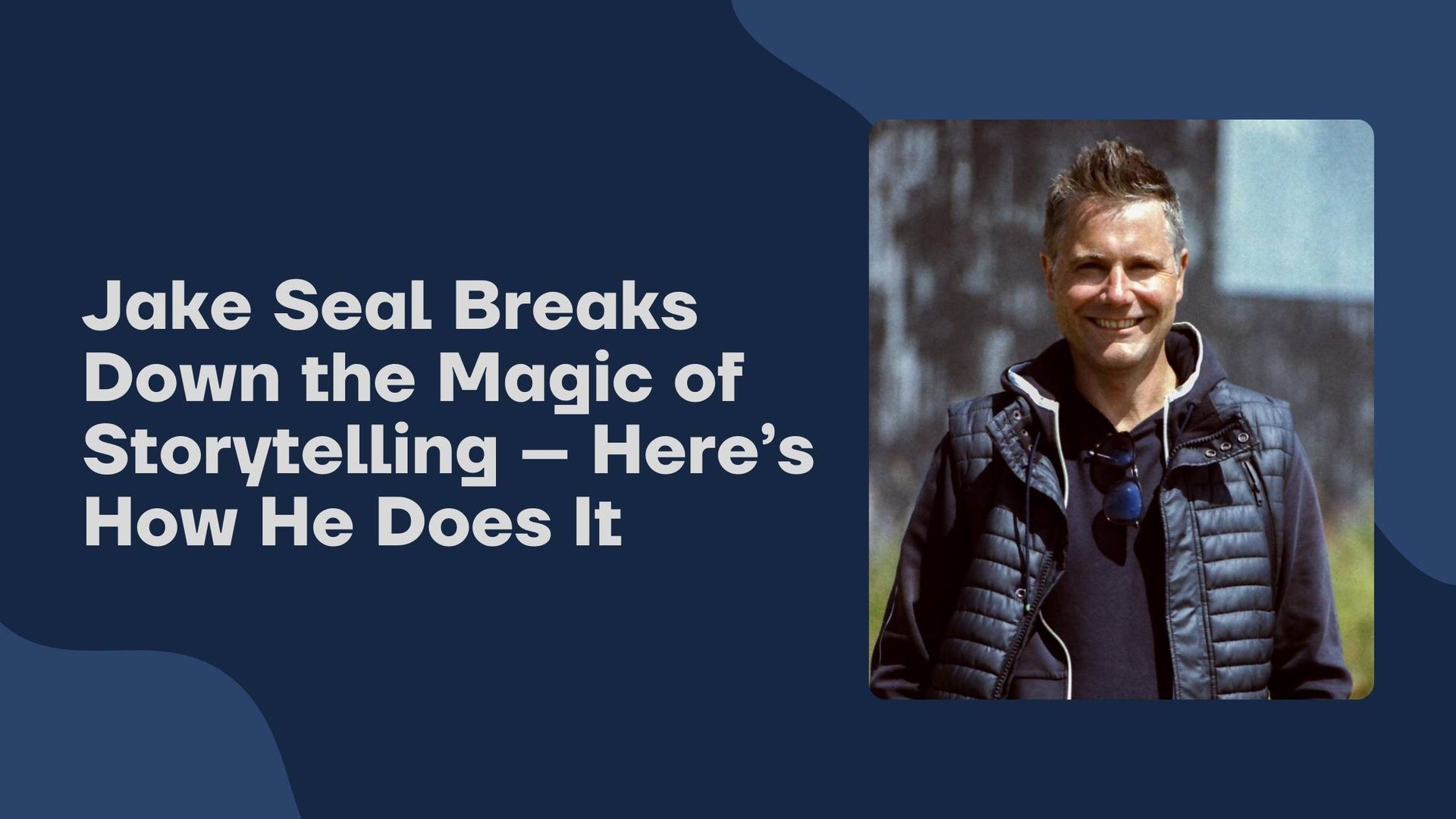
Storytelling is a timeless art that has captivated human beings since the beginning of civilization. It transcends cultures, languages, and eras, evoking emotions and connecting people through shared experiences. Jake Seal, a prominent figure in the film industry, has mastered this art form and continues to mesmerize audiences with his unique approach to storytelling. In this blog, we explore how Jake Seal breaks down the magic of storytelling and how he weaves compelling narratives that leave a lasting impact.
1. Authenticity at the Core
One of Jake Seal’s key storytelling principles is authenticity. For Seal, storytelling isn’t just about plot points and characters. It’s about delivering a narrative that feels real and resonates on a deeper level with audiences. Authentic stories often arise from genuine experiences or an understanding of the human condition. Whether he’s creating a historical drama or a fictional narrative, Seal ensures that his stories reflect truth, even within the most imaginative realms. By grounding his work in authenticity, he establishes trust with the audience, allowing them to become fully immersed in the story.
2. Creating Relatable Characters
Characters are the heart of any story, and Jake Seal is a master at crafting relatable, multidimensional characters. Seal emphasizes that characters must have both strengths and flaws. Perfect characters don’t resonate because they don’t reflect the complexity of human nature. Seal’s characters often face inner conflicts, making their journeys more compelling and allowing the audience to emotionally connect with them. By giving characters authentic struggles and growth arcs, Seal invites viewers to see parts of themselves in the story, making it far more impactful.
3. Embracing Emotional Storytelling
Emotions are the driving force behind every great story, and Jake Seal knows how to tap into this well of human experience. He believes that the best stories are the ones that make audiences feel—whether it’s joy, sorrow, fear, or hope. Emotional depth creates a bond between the story and the audience, allowing them to invest in the outcome. Seal achieves this by placing his characters in situations that challenge their emotional boundaries and reveal their true selves. The result is storytelling that doesn’t just entertain but also resonates on a profound emotional level.
4. Mastering Visual Storytelling
Jake Seal understands that cinema is a visual medium, and the best stories are told not just through words but through imagery. He often speaks about the importance of using visuals to enhance the narrative, a technique he has refined through years of experience as a filmmaker. Every shot in a film should serve the story, whether it’s through the use of lighting, color, or camera angles. Seal leverages these tools to create atmospheres that speak to the moment's emotions, allowing the visuals to tell as much of the story as the dialogue.
5. Pacing and Structure
Another aspect of storytelling that Jake Seal prioritizes is pacing. A story that is too slow can lose its audience, while one that is too fast can feel disjointed. Seal emphasizes the importance of a well-structured narrative with a rhythm that keeps the audience engaged from start to finish. He often discusses how the balance of highs and lows within a story—the climaxes and the quiet moments—is critical in keeping viewers invested in the journey.
Conclusion
Jake Seal’s storytelling mastery lies in his ability to blend authenticity, emotional depth, visual elements, and well-paced narratives to create captivating stories that leave an indelible mark on audiences. His approach to storytelling offers valuable lessons for filmmakers and writers, proving that the magic of a story lies not just in the plot but in the way it’s told. Whether through relatable characters or visually compelling scenes, Seal reminds us that the heart of storytelling is its ability to connect us, evoke emotions, and offer insight into the human experience.